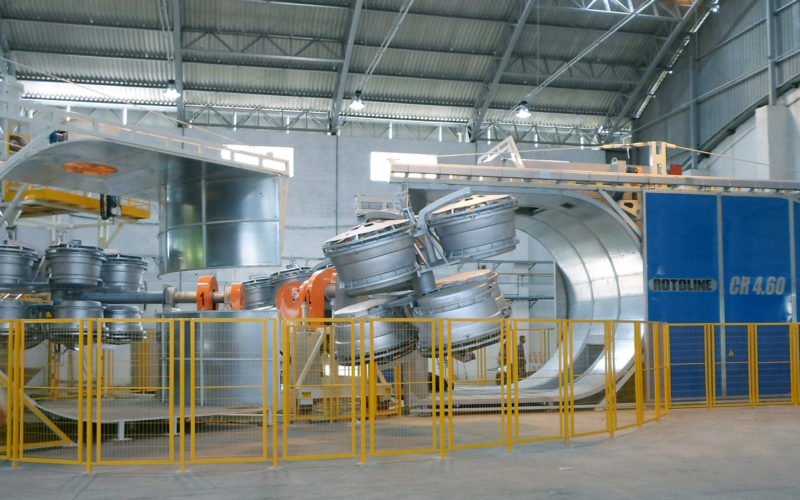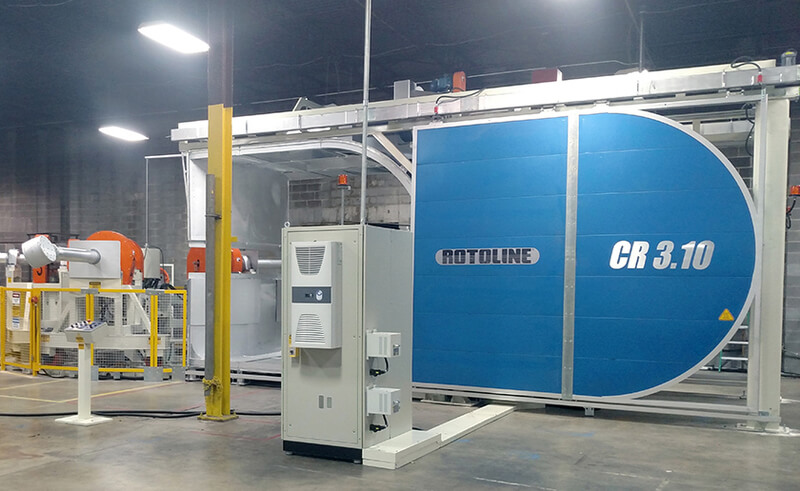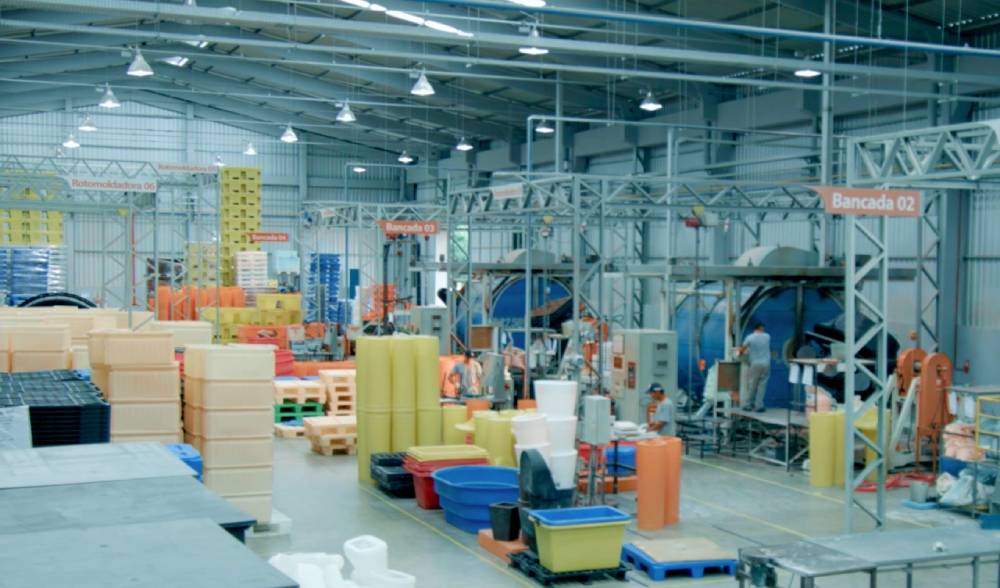Rotomoulding is a process of thermoplastic transformation industrial present in all productive chains.
Widely used in the industrial sector, rotomoulded plastic represents 6% of the plastic market thanks to technological development and amplitude of plastics applications.
Even with the setbacks faced as a result of COVID-19, the plastics sector maintains an optimistic expectation of recovery and growth. According to José Ricardo Roriz Coelho, president of Abiplast, the estimate is that there has been a retraction of -6% in the sector in 2020 and that in 2021 it will have growth close to 2.5%.
This article explains how the rotomoulding works and shows some products manufactured with this technique.

Discover the rotational molding applications
Rotomoulding allows the manufacture of functional and efficient products. In addition to the traditional water tanks producer companies, which is the main reference on the segment, this process is present in sectors such as agriculture, civil construction, toys, sanitation, machines, etc.
The basic principle of the technique consists of coating with plastic material the inner surface of a metallic mold. The mold receives the raw material and is heated, so that the material be cast and assumes the cavities shape, with the established product characteristics.
With the rotomoulding, it is possible to produce from simple parts to the more complex ones. This process is so versatile that it can manufacture small toys up to large volume tanks.
Another advantage is that rotomoulding presents, is the low cost when compared with other manufacturing processes, like for example vacuum, injection and blowing. Different from the others methods, it does not require molds with high-pressure. In addition, many parts of the same piece can be produced in a single machine, reducing costs.
The production of parts with a variety of materials is possible, for example nylon, PVC, polyethylene, polycarbonate (thermoplastics), and some thermosets (vulcanized rubber and some types of resin). Although, more than 80% of materials currently used in the rotomoulding, is still polyethylene.
The equipment used in rotomolding as mold is more accessible than those used in the blow and injection process, demanding low initial investment.

See the advantages of rotational molding
Rotomoulding is a versatile process that allows for unlimited design possibilities with the added benefit of a lower production cost.
Among the advantages of this process, we can mention:
- Cheaper molds;
- Lighter and uniform parts;
- Hermetic parts and seamless;
- Greater resistance and durability;
- More savings in projects;
- Greater uniformity on the parts surfaces;
- Products that are easy to clean;
- Less generation of residual stresses;
- Waterproofing products;
- Lower production costs;
- Lower cost of equipment and tools.
As you can see, the possibilities for using rotational molding are limitless. This process stands out for its versatility, practicality, and economy in manufacturing the most diverse products, from small parts to bulky tanks and reservoirs. Besides, the method has evolved in recent years and already allows even the production of a high level of complexity at lower costs.





